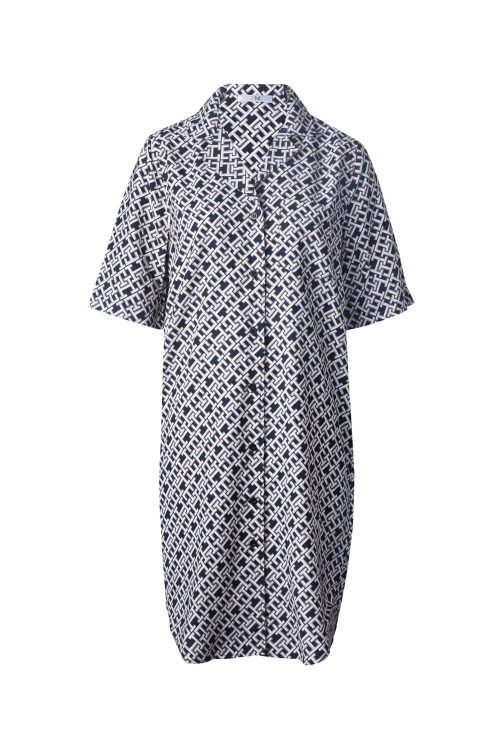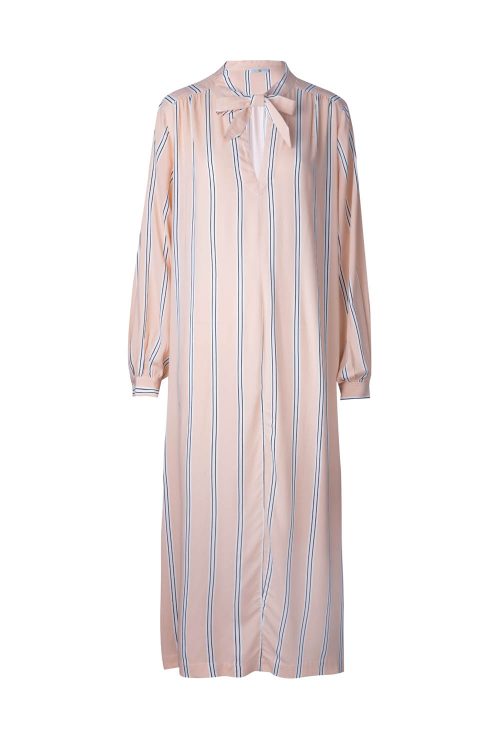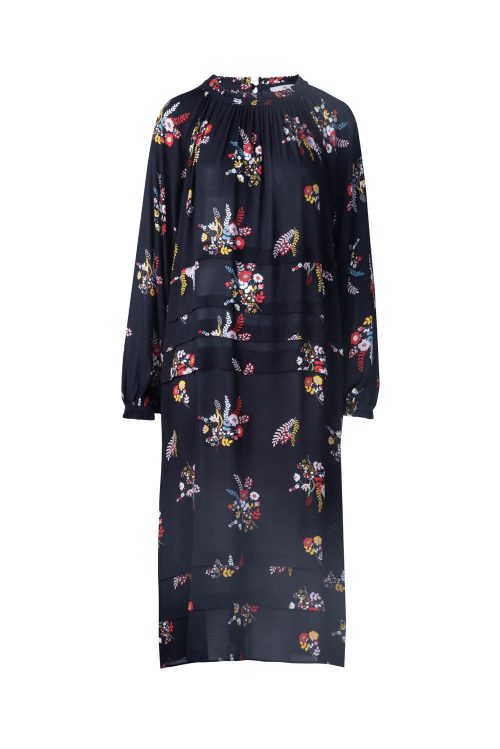
Introduction
Flame resistant safety clothing is a pivotal component in protecting workers from fire hazards in various industries such as oil and gas, electrical, and manufacturing. Original Equipment Manufacturer (OEM) solutions offer tailored options that meet specific safety standards and requirements. This article explores the significance, materials, manufacturing processes, and standards associated with OEM flame-resistant safety clothing.
Understanding Flame Resistance
What is flame resistance? Flame resistant clothing is designed to resist ignition, prevent the spread of flames, and self-extinguish once the source of ignition is removed. This section delves into the chemistry behind flame-resistant materials and how they safeguard wearers.
Standards for flame-resistant clothing Here, we outline the key international standards and regulations that govern the production and certification of flame-resistant garments, such as NFPA 2112 and ASTM F1506.
Key Materials Used
Types of materials Explore the various materials used in manufacturing flame-resistant clothing, including treated cotton, Nomex, and modacrylics, highlighting the properties that make them suitable for safety garments.
Benefits of each material This subsection discusses the advantages of different flame-resistant materials, focusing on durability, comfort, and protective capabilities.
Design and Manufacturing Process
Steps in production Detail the step-by-step manufacturing process of OEM flame-resistant clothing, from fabric selection to the final stitching and inspection.
Quality control measures Emphasize the quality assurance practices and standards OEMs adhere to ensure every piece of safety clothing meets or exceeds safety requirements.
Advantages of OEM for Safety Apparel
Customization options Highlight how OEM allows for customized safety solutions tailored to specific industry needs, including fit, design, and material choices.
Cost-effectiveness Discuss the cost benefits of opting for OEM solutions, including bulk production and economies of scale.
Quality assurance Illustrate how OEM partnerships ensure high-quality outcomes due to stringent production and testing protocols.
Safety Standards and Certifications
Regulatory requirements Outline the global regulatory framework that impacts the design and production of flame-resistant clothing.
Common certifications Provide an overview of common safety certifications and what they mean for the end-user in terms of safety and compliance.
Maintenance and Care
Proper care instructions Offer guidance on how to properly maintain flame-resistant garments to ensure their longevity and continued performance.
Longevity and durability Discuss the expected lifespan of flame-resistant garments and how proper care impacts their protective properties.
Case Studies: Successful OEM Partnerships
Examples from the industry Share real-world examples of successful OEM partnerships that have led to advancements in flame-resistant safety apparel.
Lessons learned Reflect on the lessons learned through these case studies and how they can inform future practices in safety clothing production.
OEM Flame Resistant Clothing FAQs
Address common questions about OEM flame-resistant safety clothing, covering aspects like pricing, order quantities, lead times, and more.
Conclusion
Summarize the key points discussed, reaffirming the importance of OEM flame-resistant safety clothing in enhancing workplace safety. Look forward to the future trends in material science and garment technology that could further improve the efficacy of these safety measures.




